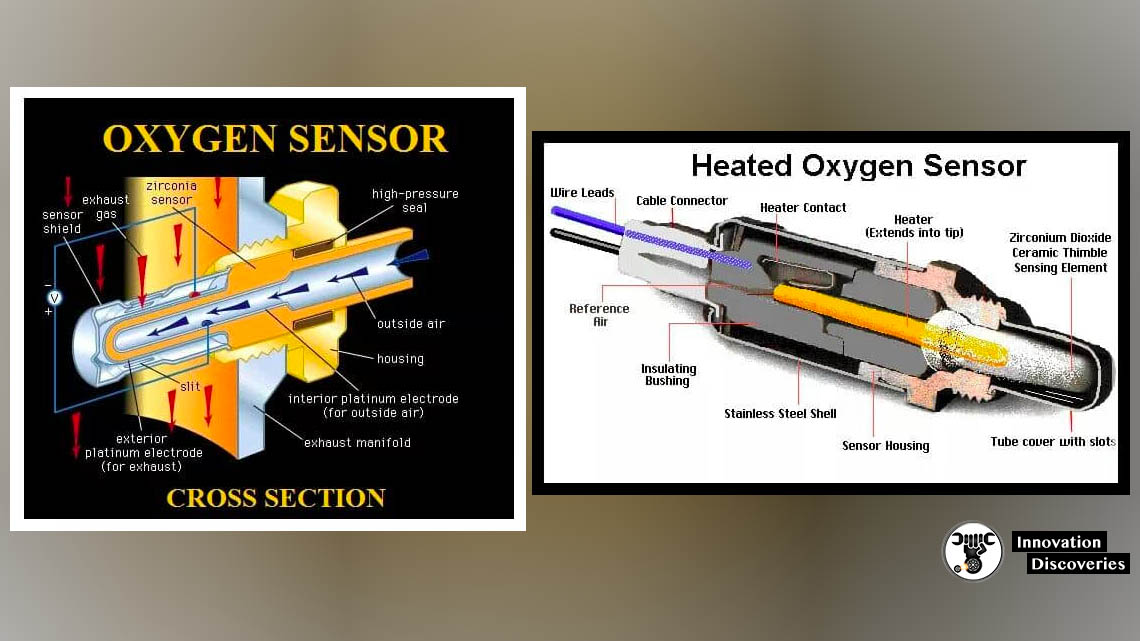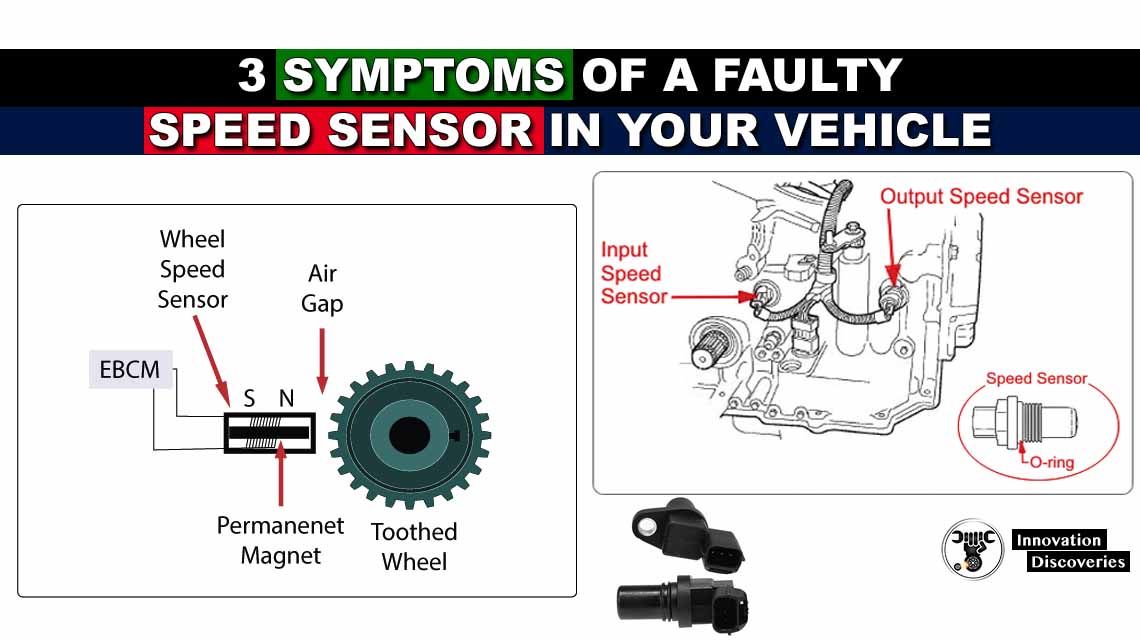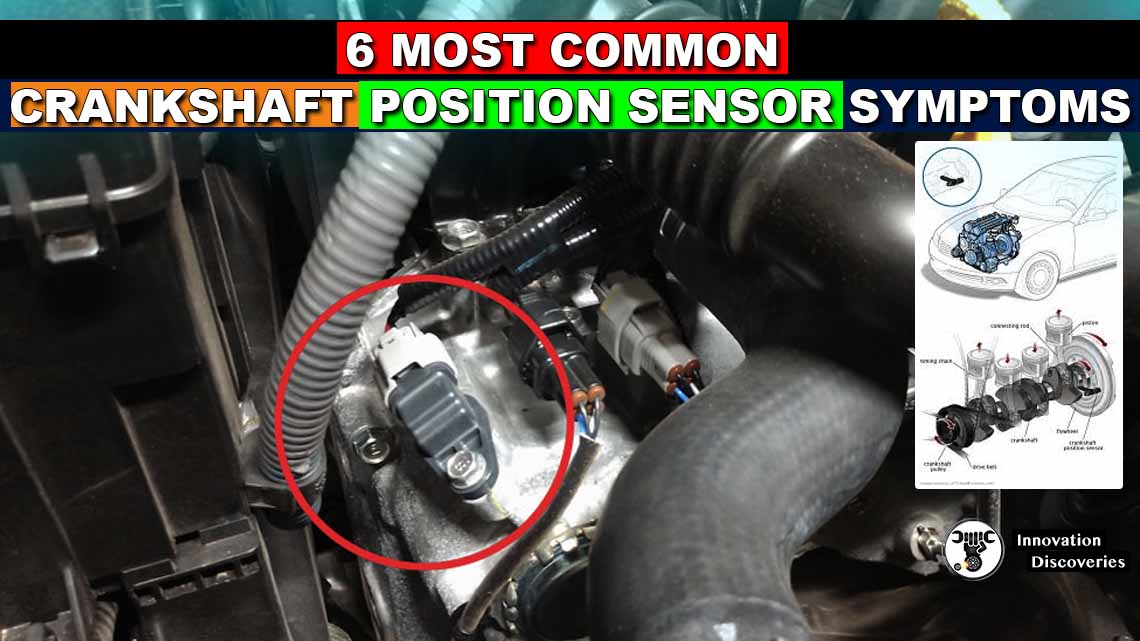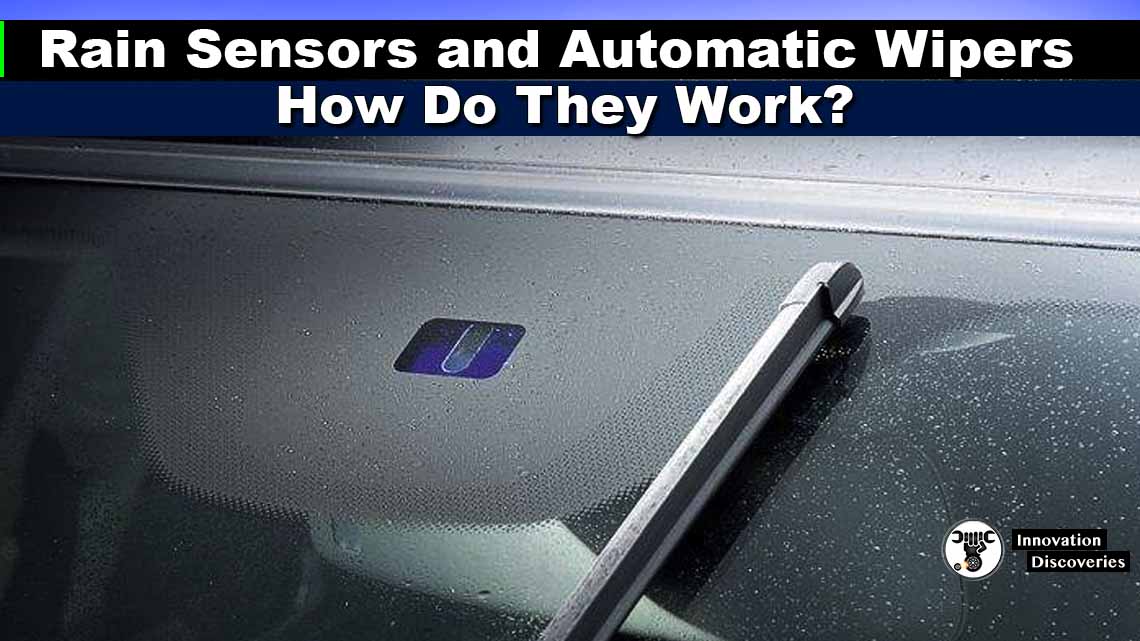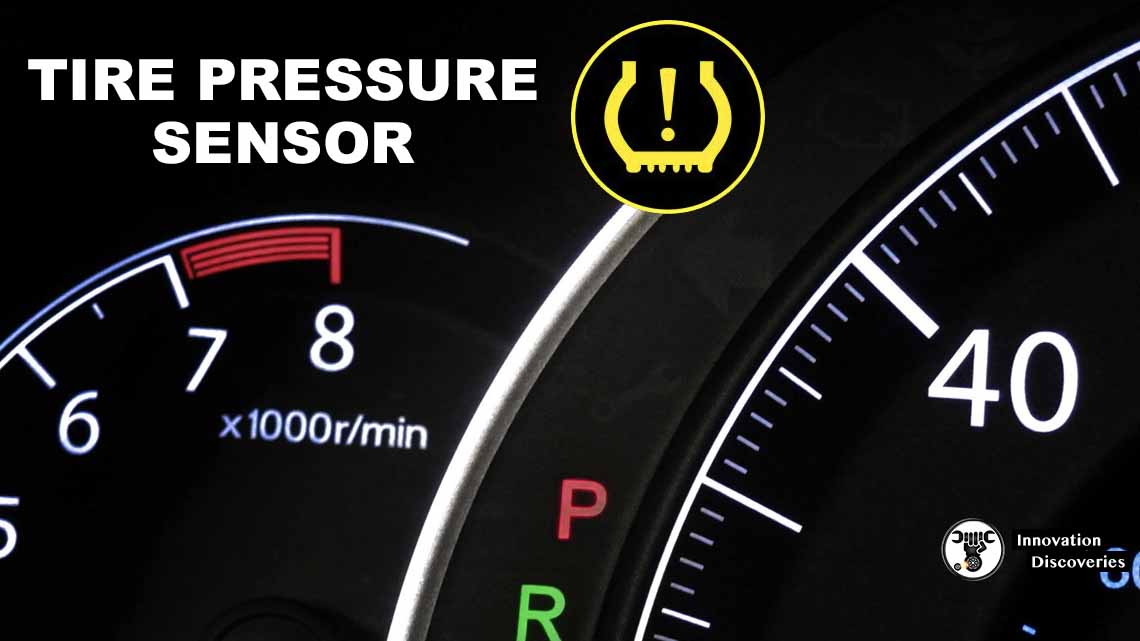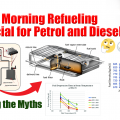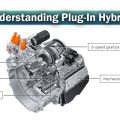
A discussion about passive and active wheel speed sensors
Repair procedure:
Passive and active wheel speed sensors are both used on today’s vehicles.
Both sensors’ visual appearances are very close. Each sensor functions
completely different from the other.
An (active) sensor generates an a/c voltage that results in an analog signal back to the controller.
A passive sensor is a resistance-type sensor that receives 12 volts of DC and a ground path to the antilock computer.
As the tone ring passes the sensor, the sensor switches resistance values, which in turn affects the output signal.
This results in a digital single.
Example:
A 1999 Jeep Cherokee is equipped with a passive sensor. The circuit has a 12-volt power source, ground path, and signal return. The voltage is DC.
When the sensor ring tooth is aligned in the valley on the ring the sensor will have a .90 volt reading. When the sensor is aligned with the peak of the ring a 1.65 voltage reading will be present.
These two voltages switch back and forth as the tone ring is turning.
Example:
A 1995 Chevrolet Tahoe has an active sensor. This sensor creates a continual a/c voltage signal as the ring passes the sensor.
As vehicle speed increases a higher a/c voltage is created.
It is very important to consult your service manual for proper diagnostics procedures before a repair is performed.
READ MORE:
VEHICLE SENSORS: FUNCTIONS AND TYPES
Visit Forum
Visit Our Friendly Website



